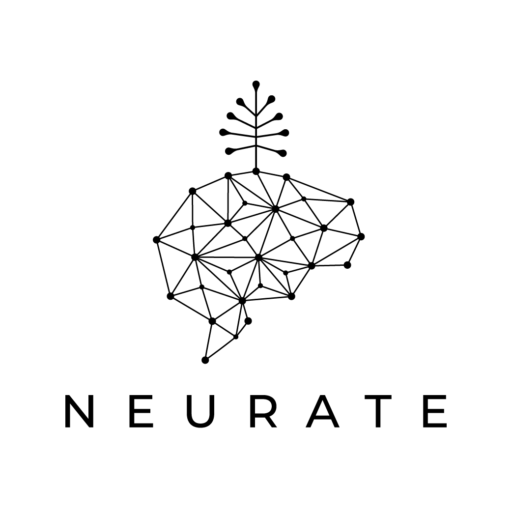A neuroscientist`s view on the relation between engagement and productivity
Does engagement increase productivity? Yes and no.
From a brain perspective, engagement and productivity are operated via distinct brain regions.
The cognitive function that is in charge of engagement is the „extension memory“. Our core values, memories, creativity, talent, and motivation are stored here. It is a “feeling” function, active when we are in a relaxed and calm state. This intuitive function that can process a large quantity of information in parallel and thus in charge of creative problem-solving.
Motivating and engaging people requires activation of this function, which is the seat of our personal intelligence and resources. Increasing engagement means activating the individual`s values, needs and motivations and personal identification operated via the extension memory.
Productivity, on the other hand, is operated via a dialogue between two other functions. The first is the rational and analytical intention memory where we create plans and strategies. This is the “thinking” function, associated with a serious, sober and factual mood. Emotions are put on the back burner as we design a plan on how to approach the problem. Staying too long in this function can lead to „paralysis by analysis“; overthinking and not acting.
For productivity to take place we need to know how to activate the „intuitive behavioral control“ function at the right time. It is in charge of taking action and behavioral execution for plans stored in intention memory. To do this we need to increase positive feelings since this function is active when we feel energetic and cheerful.
This requires a shift from the analytical „serious“ predominantly left-brain function into the intuitive, energetic intuitive right-brain function. Some people can dive into action easily, but this is not the same as being truly productive as doing without careful planning does not result in maximum productivity. This dialogue is called willpower, as opposed to increasing engagement, which is the ability of self-management.
Does engagement increase productivity? Yes, in people that know how to translate the enthusiasm and motivation into efficient action. However, this is not always the case. Without having the tools to activate the planning and executive functions, each at the right time, the increased engagement does not necessarily result in better productivity. For example, you can be passionate about making a difference in your company, but if you don’t know how to actually do it, what that looks like and what does it take to achieve that, that engagement might not be transferred into meaningful, purposeful and well-though through behavior.
In individuals that have a good connection and communication between those operating systems, engagement can and does increases productivity. But in those who have no clear idea of what it means to be productive in a practical sense, how to handle when things go rough, or a good time and emotional management, increased engagement does not necessarily lead to tangible results.
Can disengaged people be productive?
Of course, if they are masters of navigating the interhemispheric communication between the intuitive behavioral control necessary for the execution and the rational logical planning intention memory. Since the intention memory does not have access to deeper drives and motivations, as does the extension memory, this type of work can eventually lead to burn out.
We can easily spend our whole careers doing what needs to be done in an efficient way, without experiencing personal satisfaction.
How could one translate engagement into productivity?
With my clients, we spend a great deal of time accessing the self to increase intrinsic motivation and get the passion and creative juices flowing. The next step is more technical, but crucial: defining clear goals, creating action steps, putting methods into place to deal with obstacles and frustrations, finding the best methods for time management, increasing efficiency, and practicing self-control to get the uncomfortable things done.
Engagement is the basis to awaken resources and thus the starting point for productivity, but specific custom-made tools are needed so that the increased energy has a purposeful and directed flow into maximum productivity. For that to occur we need to master transitioning at will between different operating systems in the brain.
NB (1) The fourth function (Object recognition) according to the PSI theory that was not discussed here for easier understanding.
NB (2) The functions are predominately assigned to one side of the brain, but the reality is more complex.
References:
Baumann, N., & Kuhl, J. (2005a). How to resist temptation: The effects of external control versus autonomy support on self-regulatory dynamics. Journal of Personality, 73, 443-470.
Baumann, N., & Kuhl, J. (2005b). Positive affect and flexibility: Overcoming the precedence of global over local processing of visual information. Motivation and Emotion, 29, 123-134.
Baumann, N., Kuhl, J., & Kazen, K. (2005). Left-hemispheric activation and self-infiltration: Testing a neuropsychological model of internalization. Motivation and Emotion, 29, 135-163.
Goschke, T., & Kuhl, J. (1993). Representation of intentions: Persisting activation in memory. Journal of Experimental Psychology: Learning, Memory, and Cognition, 19, 1211-1226.
Kuhl, J. (2000). A functional-design approach to motivation and volition: The dynamics of personality systems interactions. In M. Boekaerts, P. R. Pintrich, & M. Zeidner (Eds.), Self-regulation: Directions and challenges for future research (pp. 111-169). New York: Academic Press.
Quirin, M., Bode, R. C., & Kuhl, J. (2011). Recovering from negative events by boosting implicit positive affect. Cognition & Emotion, 25, 559-570.

